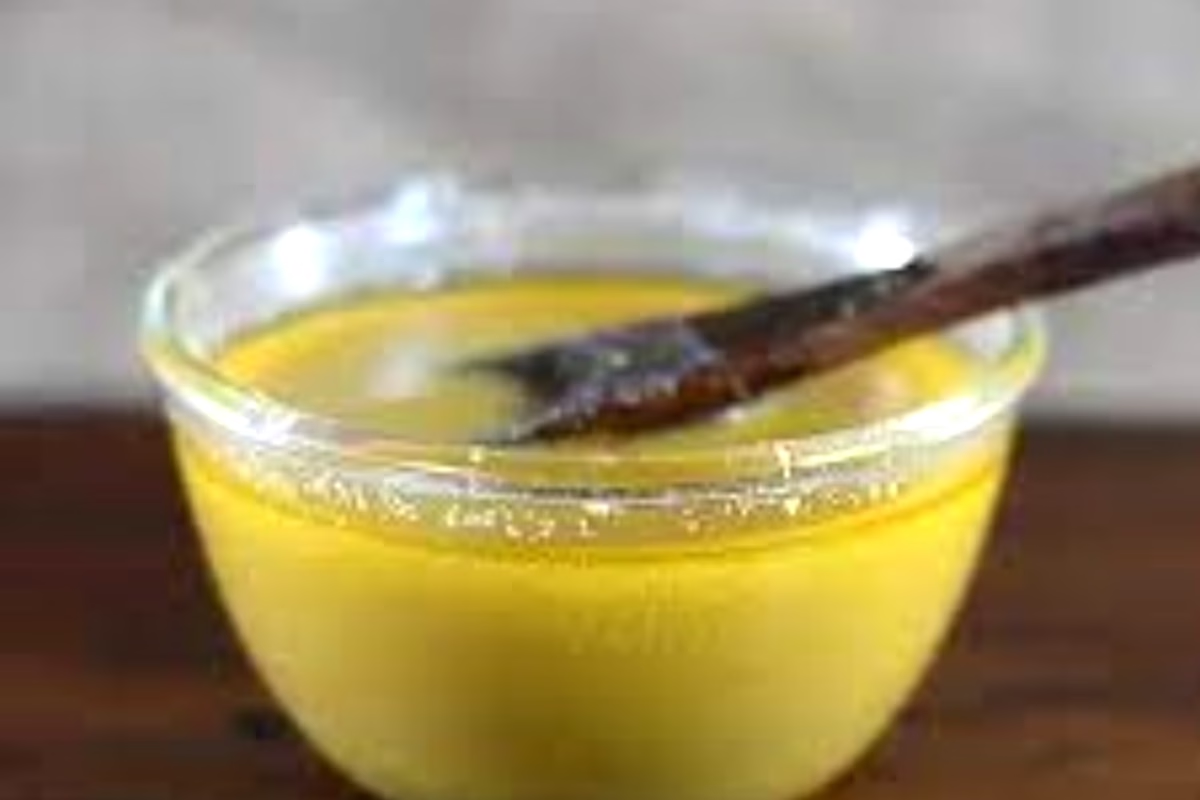When you buy desi ghee (cow ghee), do you really know if it’s pure? Many brands in the market claim authenticity, but what sits in your kitchen might just be a mix of oils and fats disguised as ghee. To clear the confusion, nutrition and health educator Prashant Desai from Stanford School of Medicine, who has a massive following on Instagram, shared a viral video that’s making people rethink their kitchen essentials.
Expert Shares How To Spot Fake Desi Ghee
Sharing the clip, Desai wrote, “Is your ghee actually pure… or just yellow-coloured fat? Most store-bought desi ghee is anything but desi. Here are 3 simple tests to check if your cow ghee is truly pure.”
In the video, he explains three simple, no-equipment methods to spot adulteration in ghee right at home.
Three Home Tests To Find If Your Ghee Is Pure Or Adulterated
1. The Colour Check
The first sign of pure cow ghee lies in its colour. Authentic ghee should appear bright yellow to golden-orange. If the ghee looks dull, faded, or too pale, it may have been mixed with other fats. A weak colour is often the first red flag for adulteration.
2. The Aroma Test
Open the jar and take a whiff. Pure ghee has a rich, pleasant aroma that is instantly recognisable. It smells inviting and distinct. On the other hand, adulterated ghee may smell rancid, foul, or off, indicating the use of cheap oils or spoiled fats.
| Test | What to Do | What to Notice |
|---|---|---|
| Eyes | Look at the ghee’s colour and texture | Pure ghee has a golden-yellow colour and no strange particles |
| Nose | Smell the aroma | Pure ghee has a rich, natural fragrance, not a synthetic smell |
| Heat | Heat a spoon of ghee in a pan | Heat a spoonful of ghee in a pan |
3. The Frying Test
The frying test is one of the easiest ways to confirm ghee quality. When you heat pure ghee, it should release white smoke. If you see brown particles or patches forming as it heats, that’s a clear sign of adulteration.
Pure ghee has a high smoking point, which means it won’t burn quickly. If your ghee browns or burns too soon, it’s likely mixed with non-ghee oils.
